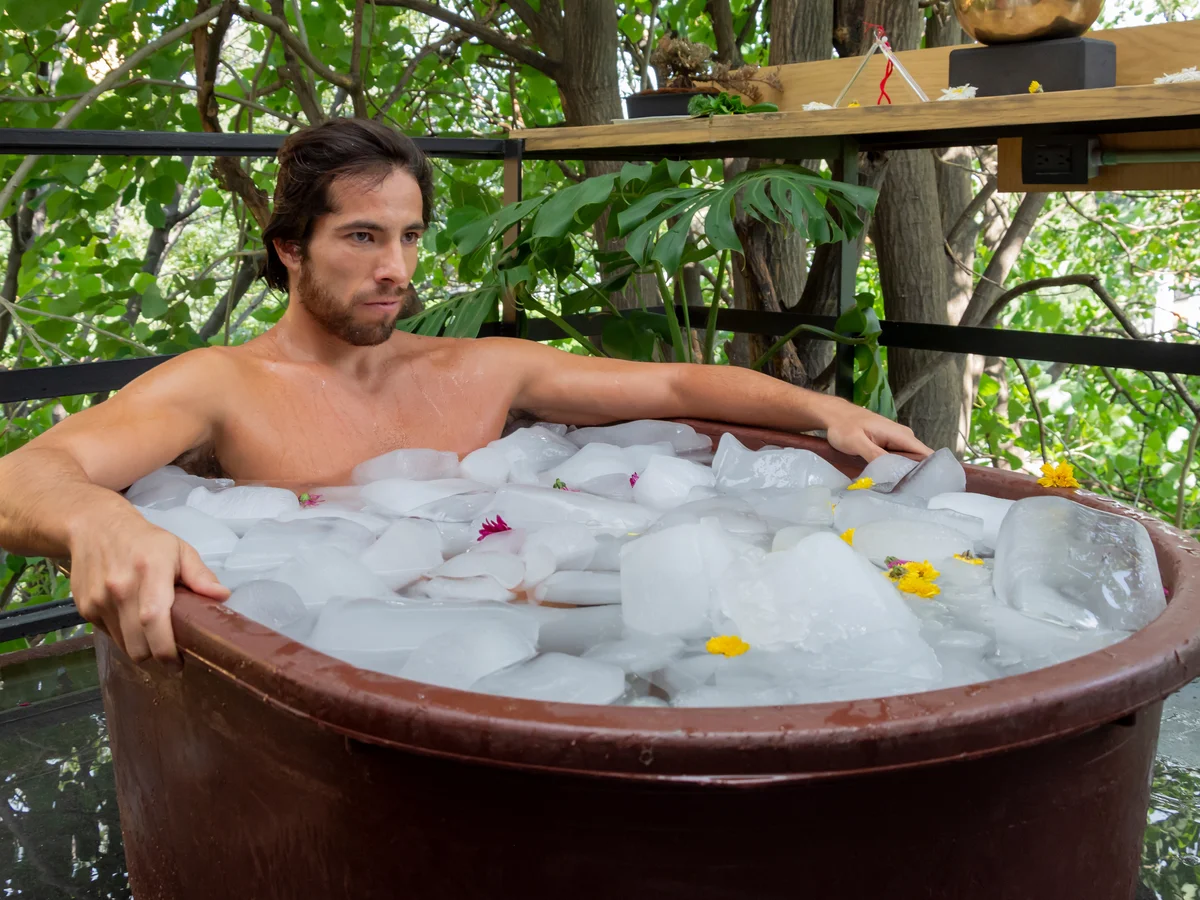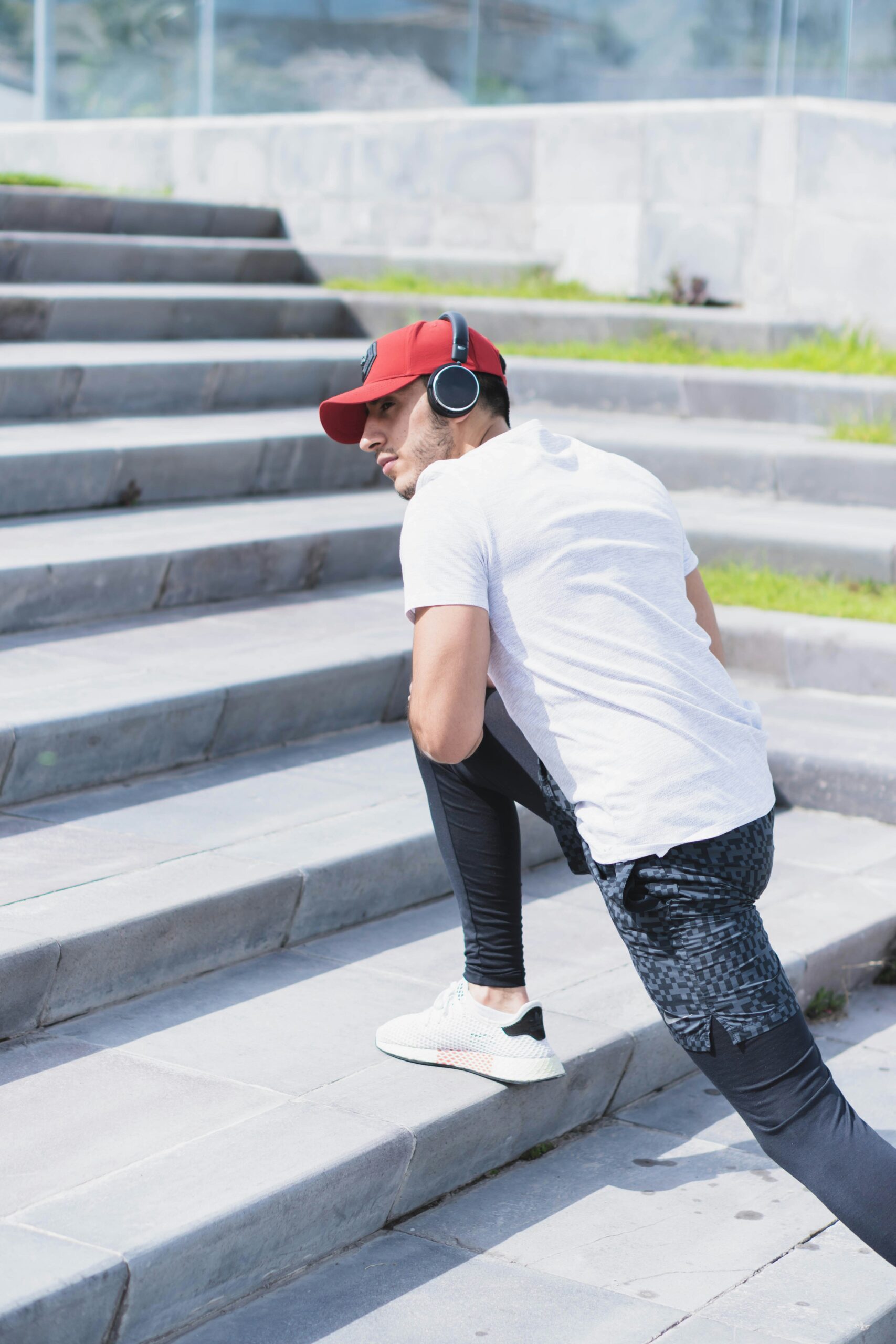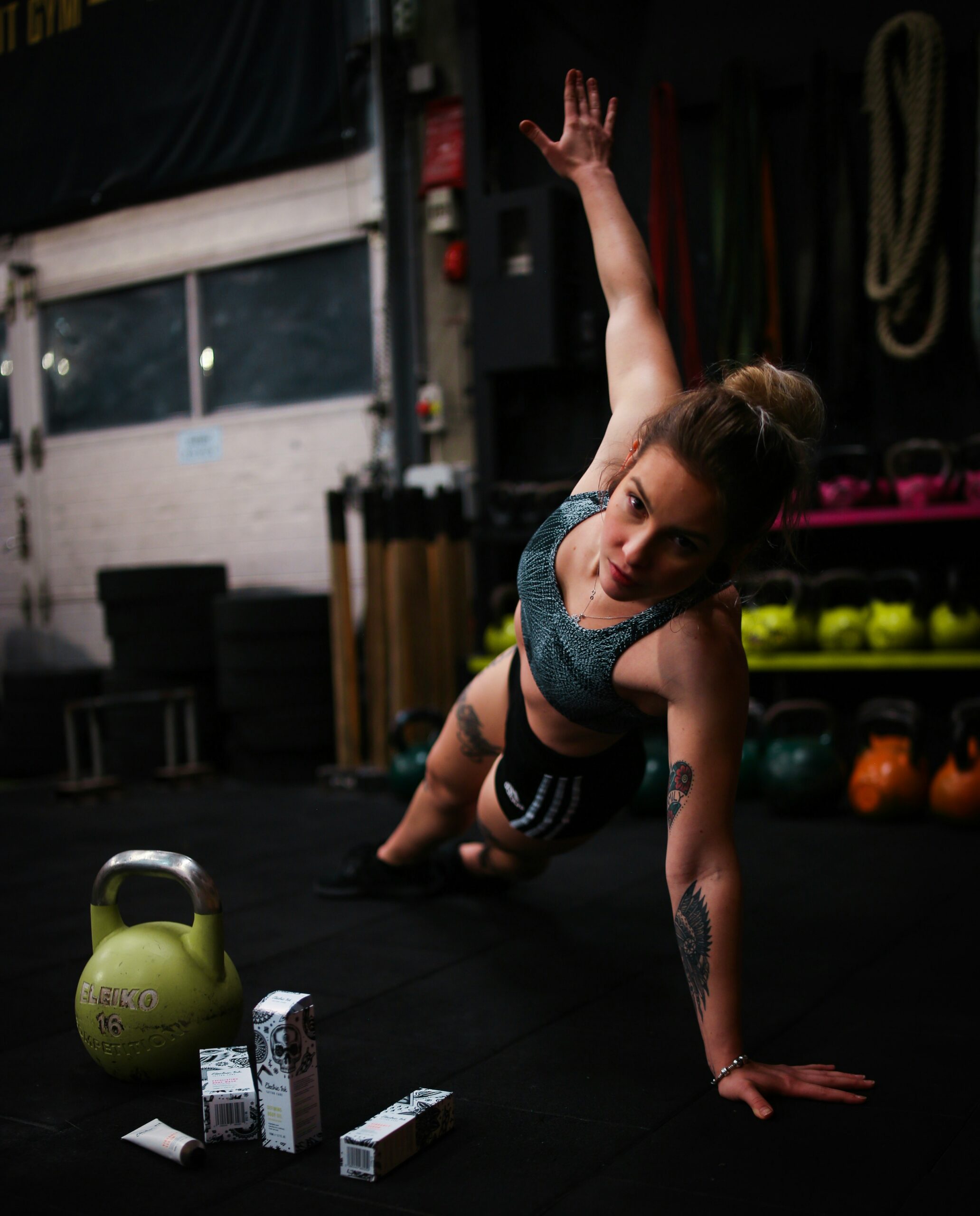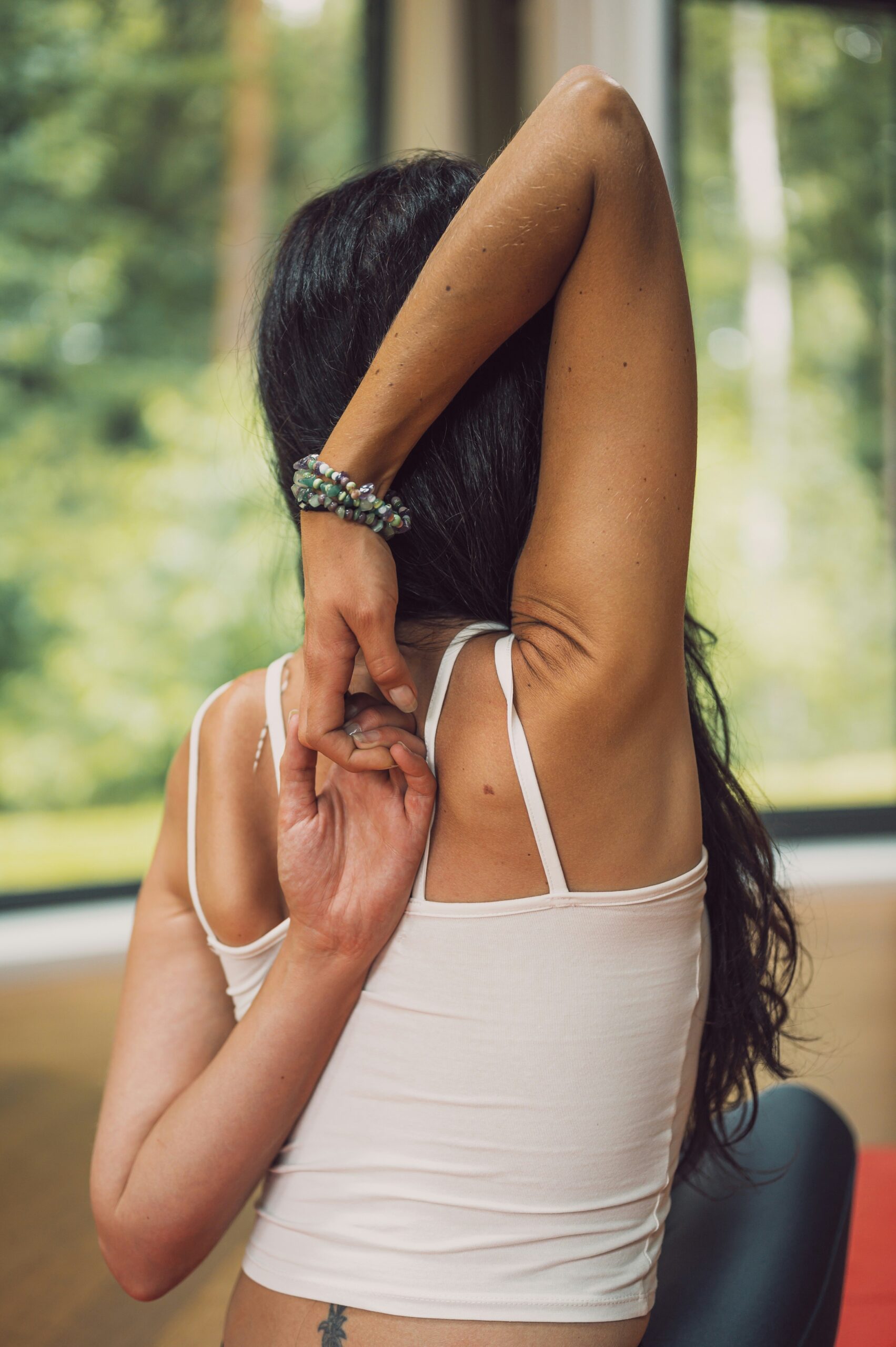Cold Therapy: Recovery, Immunity, and Resilience
You’ve probably seen it on your feed—people plunging into freezing water, standing in cryo chambers, or finishing showers with an icy blast. Cold therapy has gone from wellness trend to mainstream recovery tool, and let’s be real—it looks a little extreme. But behind the shivers is a whole lot of science.
From faster muscle recovery to immune system boosts and even mental resilience, cold therapy offers more than just a wake-up call. It’s a biohacking favorite that’s backed by tradition (hello, Nordic ice baths) and modern research alike.
Ready to embrace the chill? Let’s dive into how cold therapy works, what it actually does for your body and mind, and how to try it without turning into a popsicle.
What Is Cold Therapy?
Also known as cold exposure, cryotherapy, or cold immersion, cold therapy involves exposing your body to cold temperatures for a short period to stimulate physiological responses.
Popular forms include:
- Cold plunges (ice baths, outdoor lakes, bathtubs)
- Cryotherapy chambers (super-chilled rooms with temps around -200°F for 2–3 minutes)
- Cold showers
- Localized cold packs for spot recovery
The goal? Trigger adaptation by pushing your body slightly out of its comfort zone—in a controlled way.
Benefits of Cold Therapy
💪 Muscle Recovery and Performance
Cold exposure constricts blood vessels and reduces inflammation—making it a go-to for athletes post-workout.
- Reduces delayed-onset muscle soreness (DOMS)
- Speeds up recovery between sessions
- May reduce swelling and joint pain from intense training
Pro tip: Cold immersion is most effective for recovery after high-volume workouts—not necessarily after strength sessions where inflammation is part of the muscle-building process.
🧬 Boosts Immune Function
Cold therapy may improve your body’s resilience to illness by activating the immune system.
- Increases circulation of white blood cells
- Stimulates norepinephrine, which enhances immune response
- Cold-adapted individuals may have fewer colds and faster recovery times
Think of it like strength training for your immune system—small challenges that build resistance over time.
🧠 Sharpens Mental Focus and Mood
That freezing blast doesn’t just wake you up—it wires you in. Cold exposure increases key neurotransmitters like:
- Dopamine: Boosts mood and motivation
- Norepinephrine: Increases alertness and attention
- Beta-endorphins: Natural painkillers that leave you feeling euphoric (yes, cold can be addictive)
Many people report feeling calm, focused, and energized for hours after a cold session.
🧘 Builds Mental Resilience
Stepping into a cold plunge or standing in a cold shower isn’t easy. That’s kind of the point.
Regular exposure teaches you to:
- Control your breath under stress
- Push through discomfort
- Build grit, discipline, and self-mastery
It’s like emotional reps for your nervous system.
🔥 Improves Metabolic Health
Cold therapy activates brown adipose tissue (BAT)—a type of fat that burns calories to generate heat.
- May improve insulin sensitivity
- Encourages fat oxidation
- Can support weight management when paired with smart nutrition and movement
It’s not a magic fat-burning tool—but it’s a nice bonus.
When (and How) to Use Cold Therapy
Let’s make it simple:
| Goal | Best Time to Use Cold |
|---|---|
| Recovery from cardio/HIIT | Immediately post-workout |
| Strength or hypertrophy gains | Wait at least 4–6 hours post-lift |
| Immune support & resilience | Any time, especially mornings |
| Mood and mental reset | Morning or midday |
| Sleep support | Short cold exposure 1–2 hrs before bed |
How to Get Started Without Going Full Ice Bath
Start small. Cold exposure works on a spectrum—no need to jump into an icy lake on day one.
🧊 Cold Shower Protocol
- Start with 30 seconds of cold at the end of your warm shower
- Gradually increase to 2–3 minutes over a few weeks
- Focus on controlled breathing—inhale through the nose, exhale slowly
🛁 DIY Cold Plunge
- Fill your tub with cold water and add a bag or two of ice
- Start with 1–2 minutes submerged to the neck
- Aim for 3–5 minutes for optimal results
- Ideal temp range: 50–59°F (10–15°C)
❄️ Cryotherapy
- Visit a cryo chamber center for 2–3 minute sessions
- Great for systemic recovery and mental clarity
- No need to get wet—just wear socks, gloves, and shorts
Who Should Be Cautious?
Cold therapy is generally safe, but a few groups should check with a doctor before diving in:
- People with heart conditions or uncontrolled blood pressure
- Anyone with Raynaud’s disease
- Those who are pregnant or immunocompromised
And remember: cold exposure is a stressor. If your body is already overloaded (burnout, illness, injury), it might be better to rest and recover with warmth instead.
Combine Cold with These Recovery Boosters for Maximum Gains
- Breathwork: Use techniques like box breathing or Wim Hof to stay calm under pressure
- Contrast therapy: Alternate hot and cold (sauna + cold plunge) for circulation and recovery
- Nutrition: Support mitochondrial repair and immune health with anti-inflammatory foods
- Sleep: Cold therapy may help calm your nervous system and improve sleep quality
Wrapping It Up
Cold therapy isn’t about punishment—it’s about powerful, intentional adaptation. When used wisely, it can improve how you recover, how you feel, and how you show up every single day.
So take the plunge, start with a cold blast, or stand tall in a cryo chamber—because the cold doesn’t just build toughness.
It builds you. ❄️🔥🧠💪





